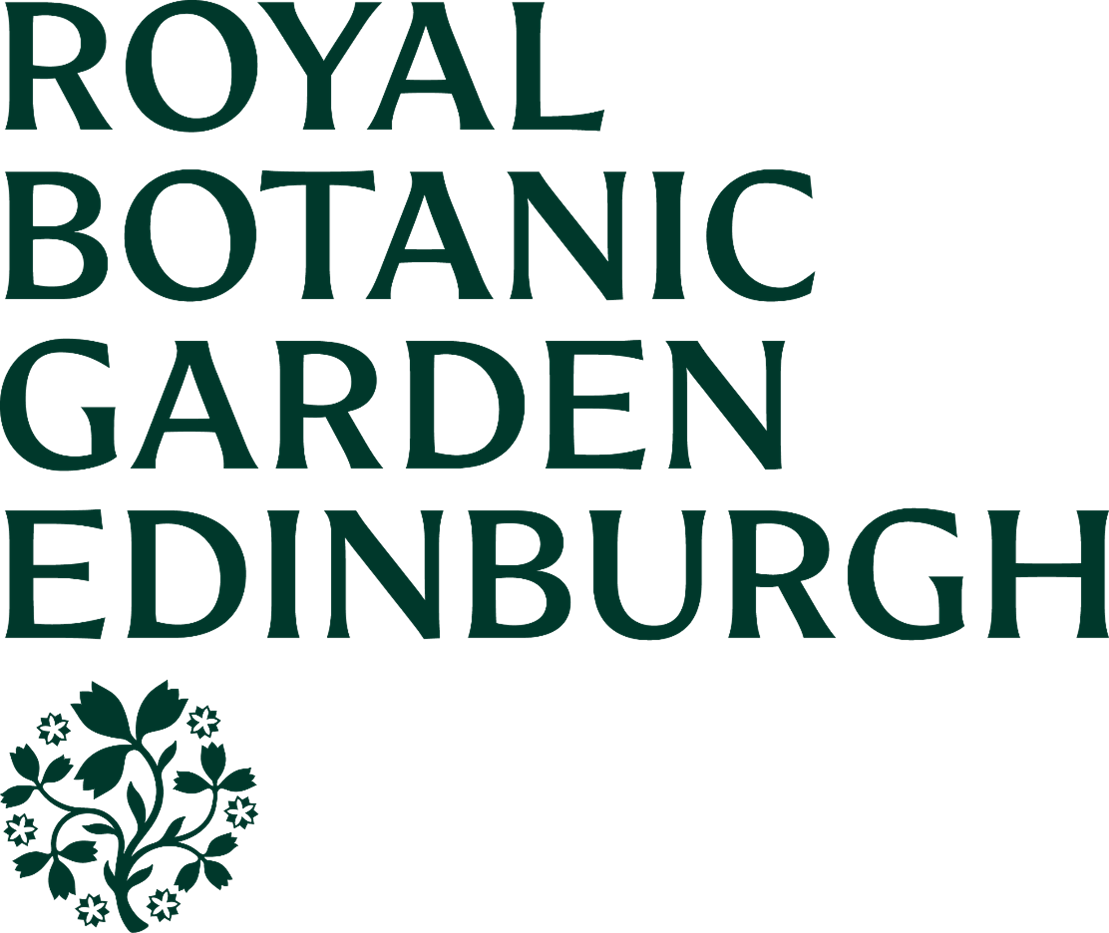Small Grants, Enormous Opportunities: My Journey with the International Plant Sentinel Network (IPSN)
-
Country
Scotland -
Region
Europe -
Programme
International Plant Sentinel Network -
Workstream
Saving Plants -
Topic
Plant Conservation -
Type
Blog
News Published: 3 October 2025
Guest blog contribution from James Douglass from Royal Botanic Gardens-Edinburgh, Scotland.
An Unexpected Beginning: Discovery Over Coffee
It’s surreal how much impact an impromptu conversation over a markedly average coffee can have on your career. A few years ago, while working a stall at a summer event in Inverness, I first heard about the International Plant Sentinel Network (IPSN) for the first time.
At the time, I was an undergraduate studying Horticulture with Plantsmanship. My course had taken me through the history, taxonomy, cultivation, design, and biology of plants—but plant health was the one subject that really hooked me. Luckily, the stall next to mine was run by Scotland’s Plant Health Centre, where Dr. Matt Elliot and Professor Fiona Burnett entertained my endless questions between passing punters. It was there that I learned about IPSN’s small grants programme for early-career researchers—an opportunity I couldn’t resist. And so, I gave the application a go.
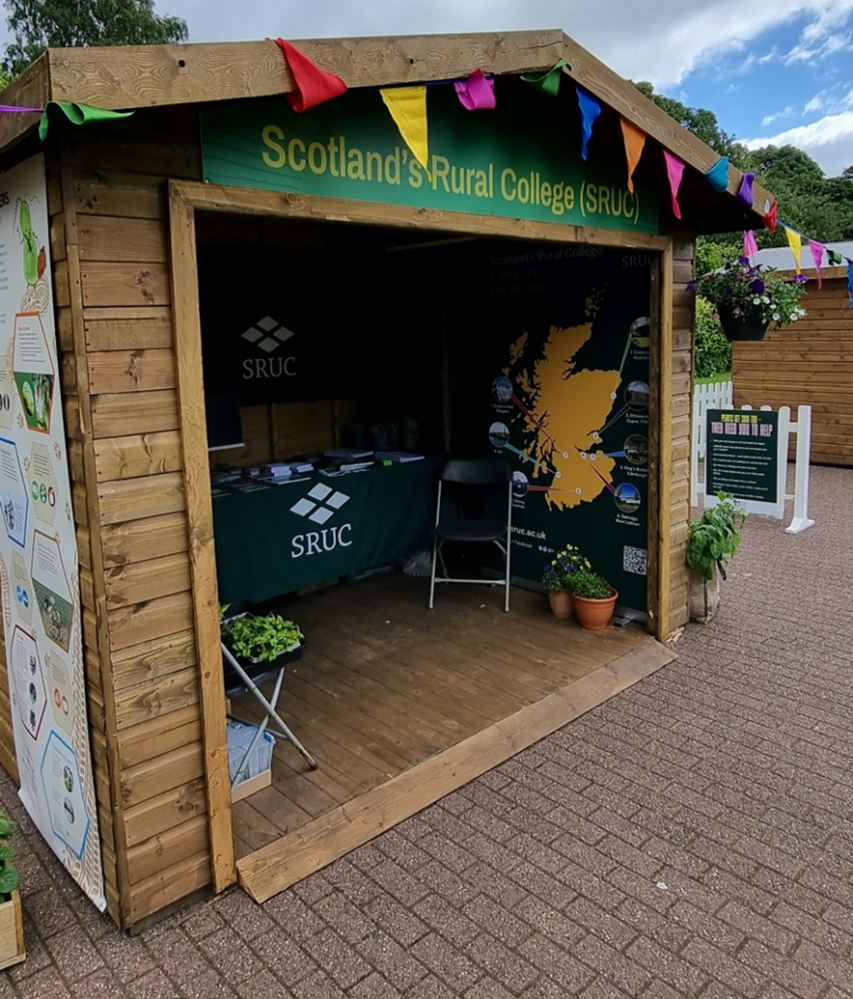
First Steps in Research: Mapping Australian and New Zealand Trees
Despite my slightly wonky methodology and comical underestimation of timeframes, the IPSN team welcomed me in and invited me to take on one of the available projects, marking the beginning of my foray into research. My project, designed by the IPSN team within Botanic Gardens Conservation International (BGCI), focused on assessing the representation of Australian and New Zealand tree species in UK living collections.
The idea was simple but powerful: by looking at how many of their woody tree species were cultivated and conserved ex-situ, we could identify both strengths and gaps in our coverage so that these specimens could then serve as sentinels—providing early warning signs of pests, pathogens, and climate change-induced stresses.
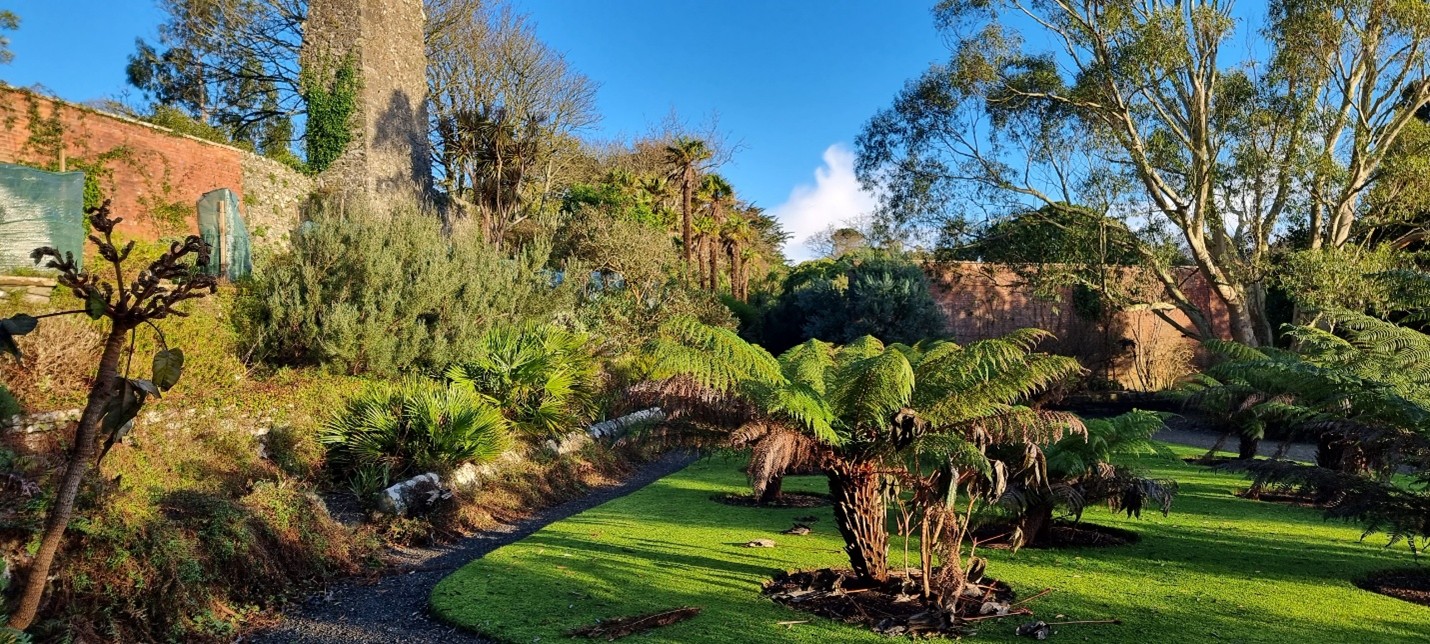
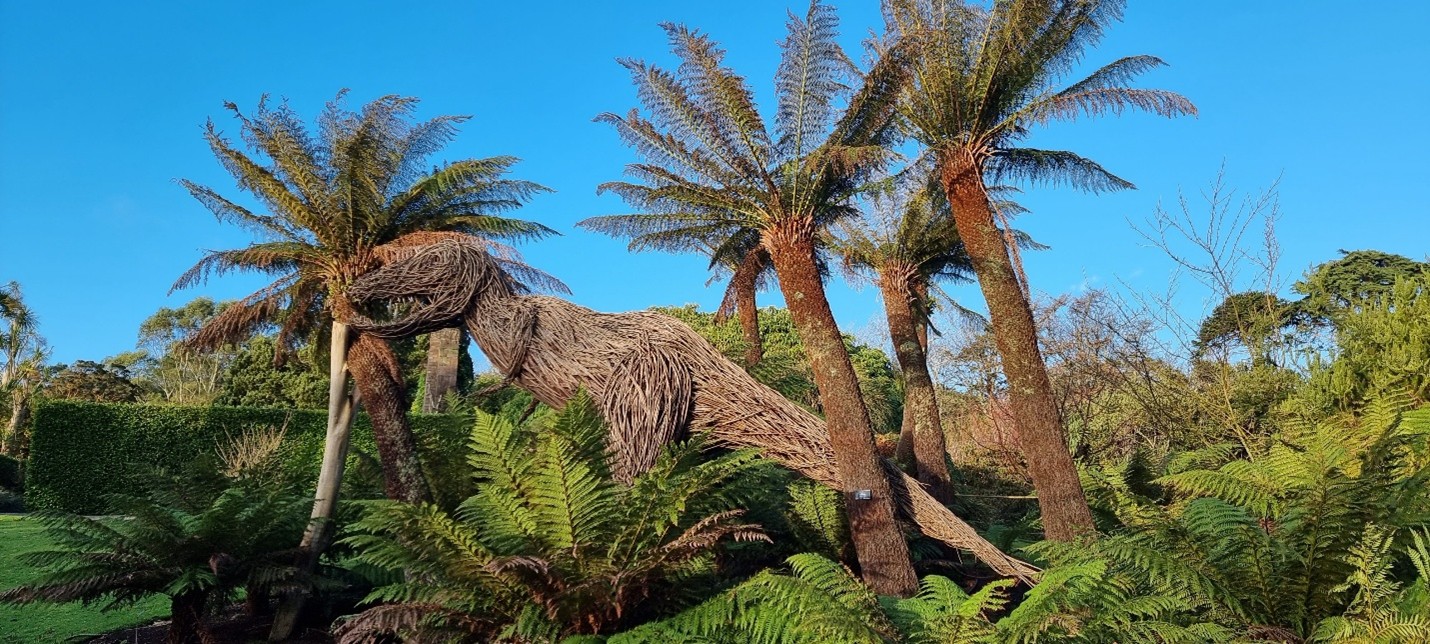
Initially, I struggled to collect data, but after months of trying (and more spreadsheets than I care to remember), I managed to compile a spreadsheet with a few hundred-thousand records. Fumbling through my analysis and presenting my findings at a plant health workshop were nerve-racking times, but colleagues at IPSN would call and check-in on me to give their thoughts, ideas, advice, and most importantly their encouragement. That project didn’t just give me data to analyse and the chance to hone my research skills; it lit a spark for plant health research that has stayed with me ever since.
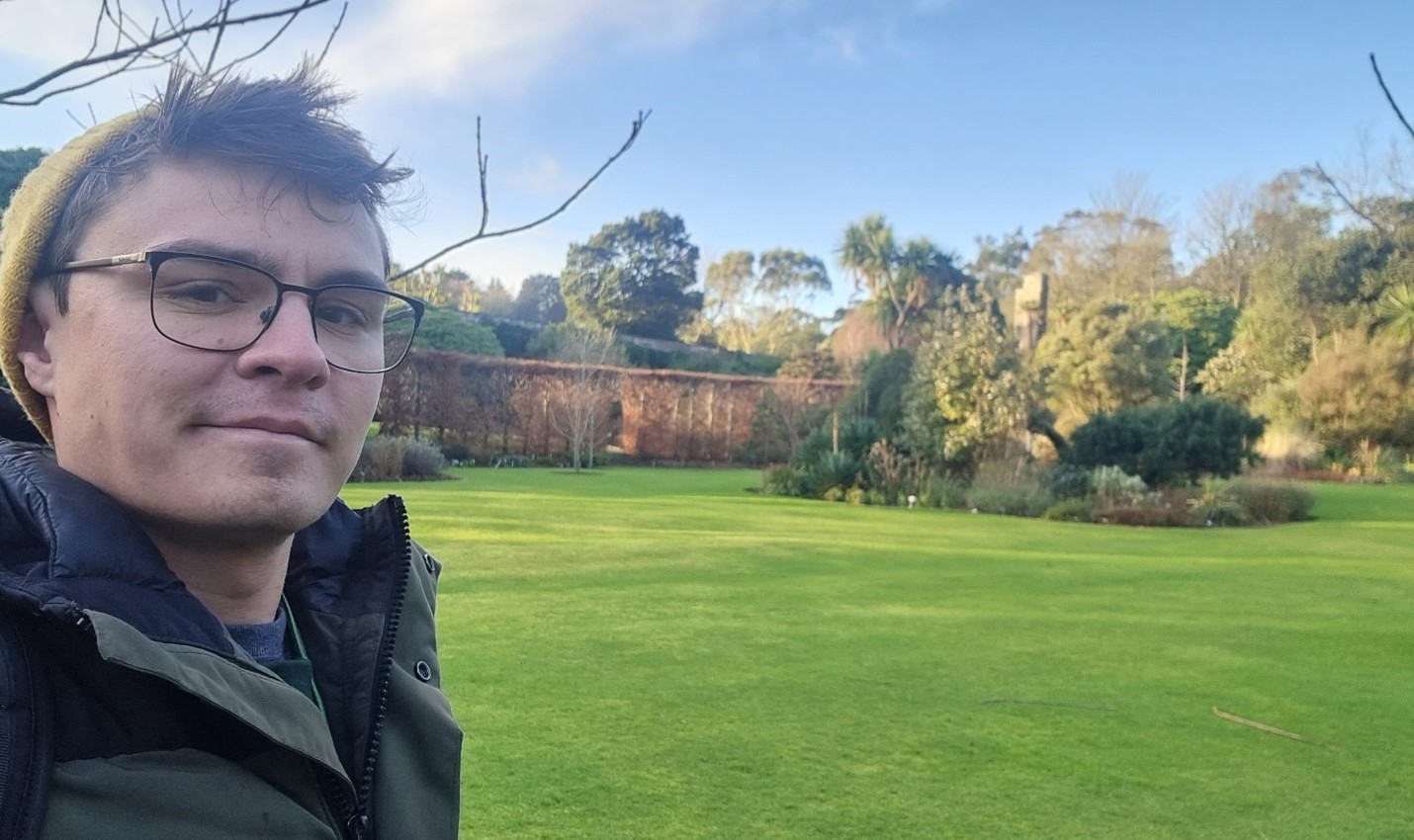
Growing Expertise: From Lab Work to Honours Research
While my studies continued, so did that spark. After the IPSN project, I spent a summer at Scotland’s Rural College, doing lab work on cover crops and disease in spring barley. Then, for my honours project, Forest Research kindly gave me the chance to work on a not-new-but-newly-interesting (ascomycete) fungus, Curreya pithyophila, which had been popping up on Scots pines across the country.
The confidence and skills I had gained from the IPSN project—data handling, planning, presenting—were invaluable here. Those months looking and analysing tree records gave me the courage to take on something new and technical. I even had another couple of goes at presenting, and thankfully did a lot better than at that first IPSN workshop…
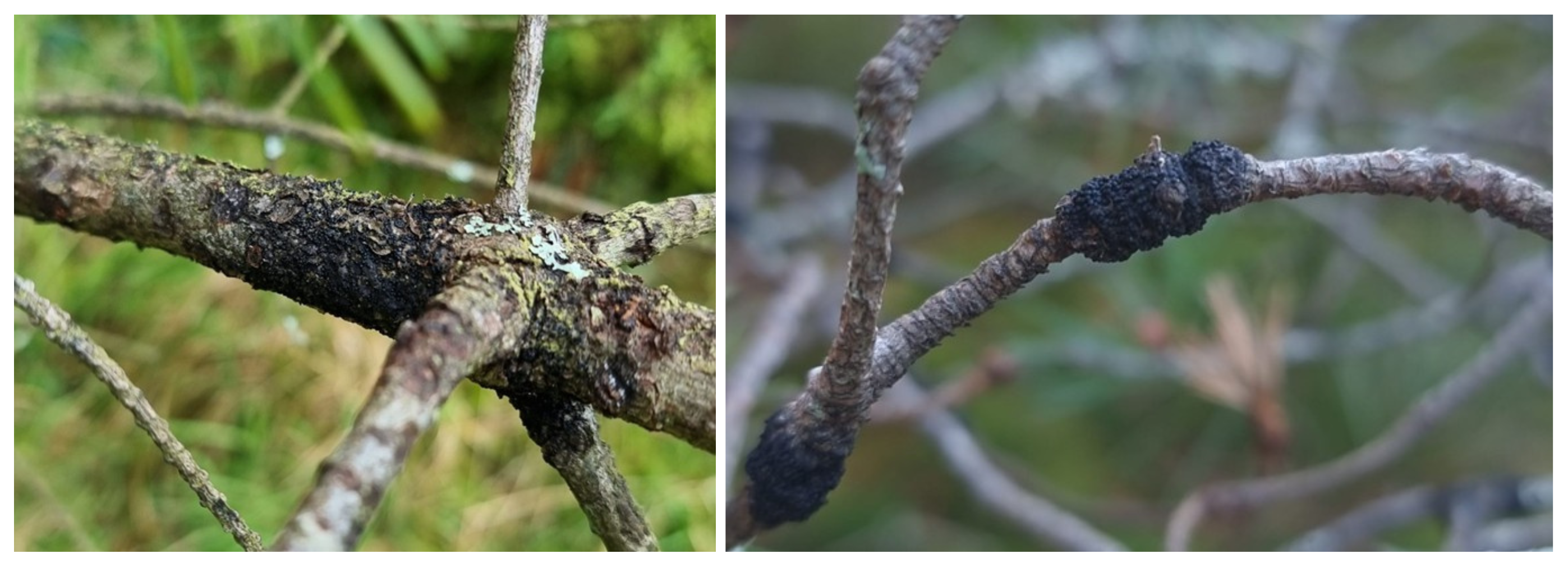
From Learner to Mentor: Supporting the Next Generation
My research for IPSN and the projects that followed gave me a chance to sharpen skills in planning, assessing, analysing, and presenting, so much so that I was able to work for SRUC as a part-time horticulture instructor while in the final months of my degree. This led to me becoming a full-time lecturer at the Royal Botanic Gardens Edinburgh where I now teach a variety of horticulture, plant biology, and conservation to the next generation of undergraduate students.
Fast forward a bit, and this year, the IPSN announced another round of small grants. Having grown so much from my own project, I couldn’t pass up the chance to give that same opportunity to someone else. When I came across two exceptionally talented and driven Royal Botanic Garden Edinburgh students, Jakub Dobes and Eliana Dunlap, I encouraged them to take on the challenge of looking into pest and disease recording methods in UK living collections—with me as their supervisor and first-time mentor.
Mentoring them was both rewarding and humbling. It reminded me of my own journey, and I can only hope the experience was as enjoyable and eye-opening for them as it was for me. I have no doubt that their already promising careers will benefit from having done this research for the IPSN as much as mine did.
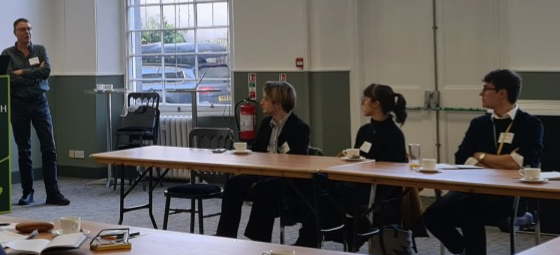
For me, this second round of participating in an IPSN project provided an entirely different challenge – one of mentoring and supervising others. And just like last time, it’s shown me just how much I still have to learn and the impact that these engagement opportunities provide.
A Grateful Reflection: The Value of IPSN and Looking Ahead
I feel incredibly lucky to work in horticulture, especially at the Royal Botanic Garden Edinburgh surrounded by knowledgeable and talented colleagues, patient and enthusiastic students, and a genuine drive for plant health. IPSN’s small grants have shaped my career in extraordinary ways, facilitating and catalysing my development—first as a researcher, and later as a mentor. I’m grateful not only to the IPSN team for their knowledge and support, but also for kindness and encouragement over the years.
Plant health has never been more crucial, nor the need for collective action more urgent. Every time I join an IPSN call, workshop, or conference, I leave reinvigorated by the passion of the scientists, horticulturists, and researchers striving to protect the plants we all depend on.
And I often think back to that first conversation over coffee—how a simple chat can open unexpected doors. Now, when a student comes to me for advice over their morning coffee, I wonder where their journey might lead, and what sparks might be kindled for the future.
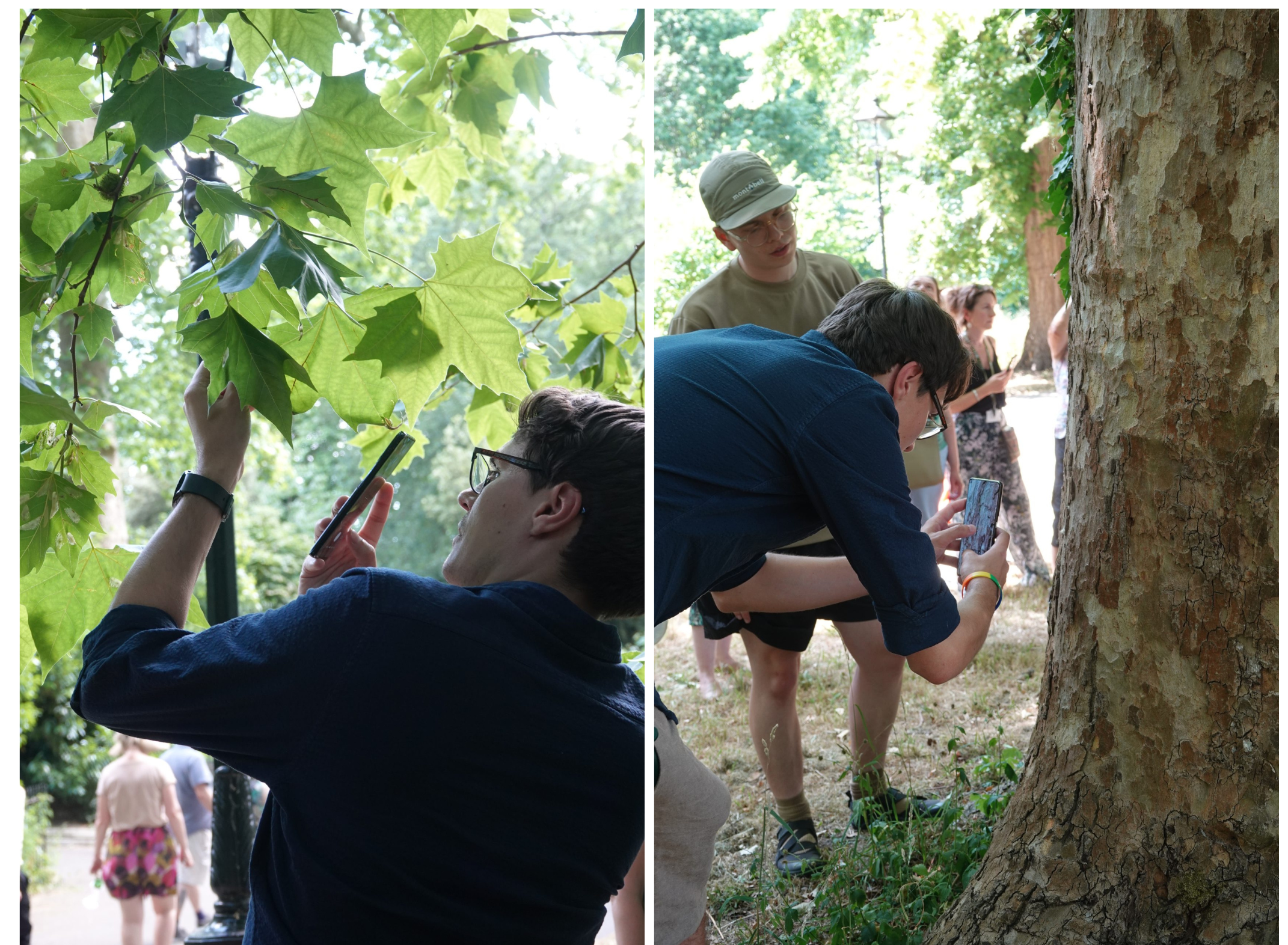
About the author
James Douglass is a lecturer at the Royal Botanic Garden Edinburgh, teaching on the HN/BSc Horticulture (Plantsmanship) programme. With a background in horticulture and a degree from RBGE himself, he now teaches plant identification, biology, conservation, and practical horticulture for undergraduate students. He is actively involved in the UK’s Chartered Institute of Horticulture and sits on the Royal Horticultural Society’s Bursaries Group.
